Ali Ragab
There are multiple indications that the ISIS terrorist organization has returned in Syria, in light of the organization carrying out several intermittent operations in its old areas of control and its escalating actions against the Syrian Democratic Forces (SDF) and the Syrian army, which constitutes the organization’s service to Turkish President Recep Tayyip Erdogan’s plans in Syria.
The Syrian Observatory for Human Rights stated that ISIS cells chased a military vehicle for the Kurdish-majority SDF. Sources reported that about 20 motorbikes carrying gunmen from those cells attacked a military vehicle in the town of Sweida in the eastern countryside of Deir Ezzor, injuring five fighters.
The Syrian Observatory monitored the raid of unidentified masked men in the Shuhail Hospital in the eastern countryside of Deir Ezzor, and they killed a former ISIS leader after he had been shot at on the road to Shuhail. In the same context, an SDF soldier was killed by unidentified gunmen in the town of Theban in the same countryside.
In Syria, ISIS launched a violent attack targeting the Syrian army in Homs on December 21, 2019, marking a return of the organization’s sleeper cells.
According to sources at the Syrian Observatory for Human Rights, the terrorist organization attacked a gas station about 12 km from the Al-Hail gas field in the Homs countryside near the administrative borders of Deir Ezzor Governorate.
The ISIS attack resulted in the killing of 13 Syrian army soldiers and four civilians working at the station.
The Syrian Observatory also documented during the period from March 24 to December 19 the killing of at least 292 Syrian army and loyalist forces. It also documented the killing of 103 ISIS militants who were killed during the same period.
Also on December 14, three members of the National Defense, auxiliary forces affiliated with the Syrian Army, were seriously wounded by an explosion while they were traveling in the Athariya area in the eastern Hama countryside.
On December 9, the Syrian Observatory also monitored continued ISIS activity in the Syrian countryside, especially in Homs and Deir Ezzor, through renewed attacks that the organization’s elements carry out from time to time, targeting sites of the Iranians, their militias, and the Syrian army and the armed forces loyal to it.
Experts have warned of the escalation of ISIS activity in Iraq and Syria through its sleeper cells, which will try to launch “lone wolf” operations, amid calls for the international coalition to continue its operations in light of the increasing terrorist operations in both Arab and Western countries.
Observers drew attention to the UN report submitted to the Security Council, which indicated that ISIS began resettling its feet in Syria and Iraq, where it launched increasingly bold attacks even after the area of its influence in these two countries decreased.
The observers linked the return of ISIS to the operations of the Turkish army in Syria and the transfer of Syrian fighters to Libya to serve Erdogan’s project in Syria to target Kurds and the Syrian state, which is fighting against terrorist groups in Idlib that have a close relationship with Turkish intelligence.
They also stressed the importance of security cooperation, as well as the international coalition closely monitoring the organization’s activity that has recently emerged with signs of a new return for the organization due to the impact of “security relaxation” and the continuing conflict in Syria, especially the Erdogan regime’s targeting of SDF forces that had succeeded in defeating ISIS.

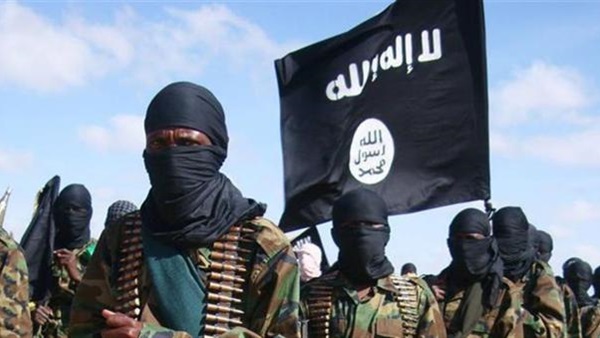



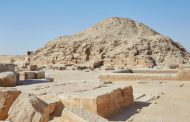
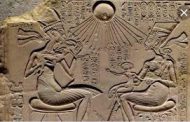



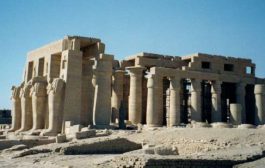
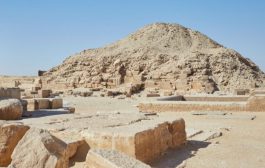
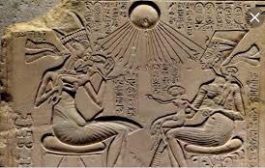














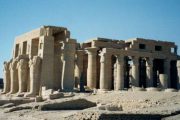
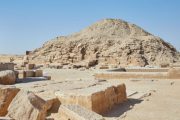


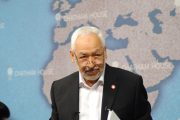

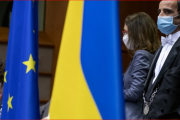

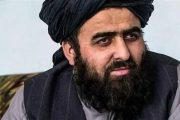



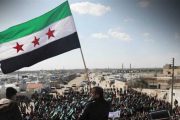
admin in: How the Muslim Brotherhood betrayed Saudi Arabia?
Great article with insight ...
https://www.viagrapascherfr.com/achat-sildenafil-pfizer-tarif/ in: Cross-region cooperation between anti-terrorism agencies needed
Hello there, just became aware of your blog through Google, and found ...